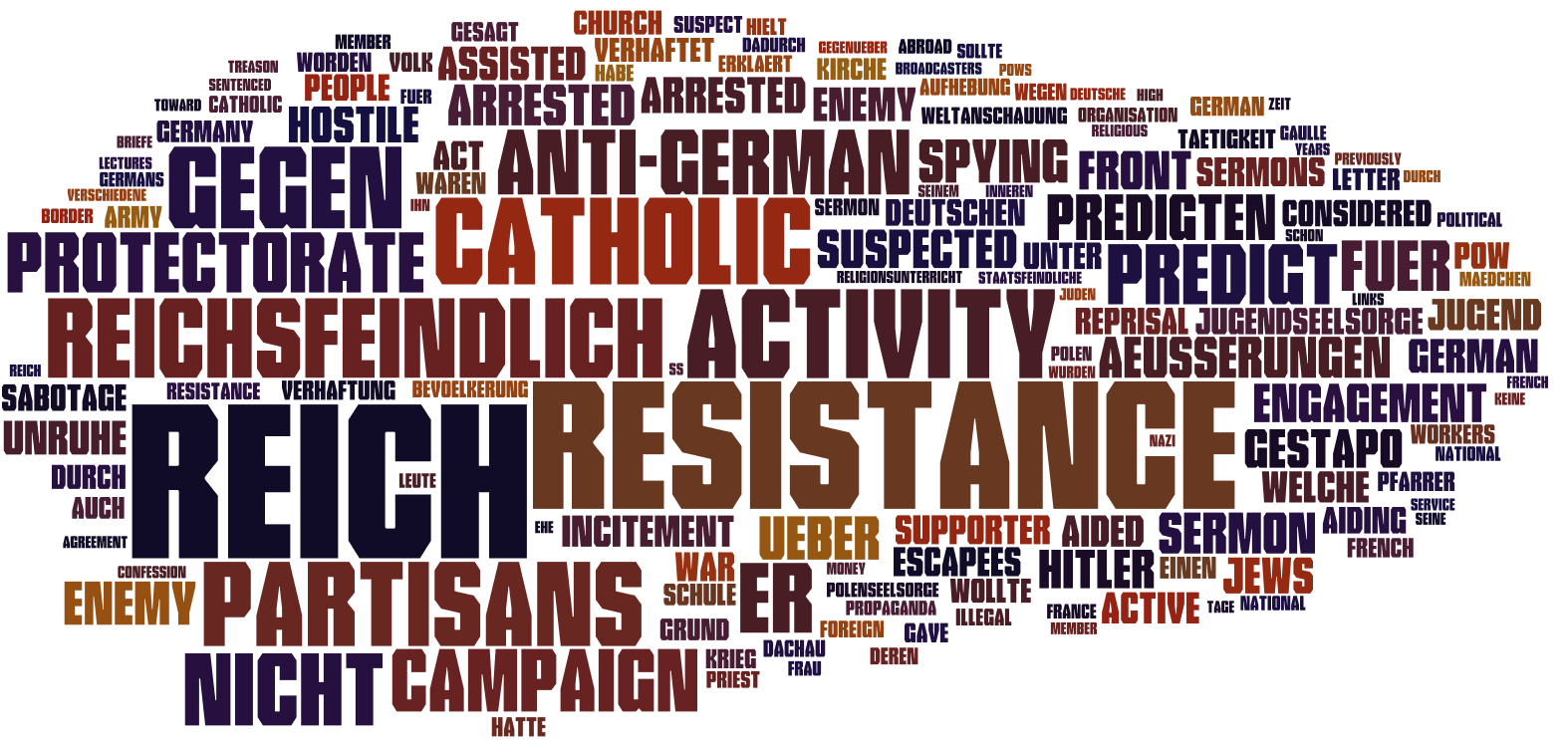Holocaust Research in the Context of Digital History
This page serves to provide disciplinary context for this project, as well as potential resources. Digital tools have been used in historical research related to the Holocaust, including the following research endeavors:
- The Holocaust Geographies Collaborative, part of the Stanford University Visual History Project. This initiative contains several interactive maps. One shows the evolution of territories over time from 1938-1945, one maps the daily movements of Jewish residents of the Budapest Ghetto, one shows the arrests of Italian Jews as a function of time, location, gender, age, and other parameters, and one maps the evolution of the SS Concentration Camp system from 1933-1945.
- The Holocaust Geographies Collaborative has also explored the spatial research in the context of survivor testimonies. Dr. Anne Kelly Knowles of the University of Maine gave a colloquium talk at Harvard this Fall; the audio from her colloquium talk can be found here.
- The USC Shoah Foundation Visual History Archive, which contains recorded testimony of over 53,000 survivors of the Holocaust.
- The Yad Vashem Central Database of Shoah Victims’ Names, which contains the names and birthplaces of 4.5 million Holocaust victims. This database was established in collaboration with Google.
- The Harvard Law School Library Nuremberg Trials Project (A Digital Document Collection), which contains scanned transcripts of portions of the Nuremberg Trials.
- The United States Holocaust Memorial Museum Archives, which contains a number of digital collections, ranging from photo collections to databases of survivors and victims.
- The United States Holocaust Memorial Musem's collection of exhibits under the title, "Geographies of the Holocaust," which can be found here.
Although the above research efforts, as well as others, have been undertaken in relation to a wide array of topics related to the Holocaust, none to my knowledge have used a digital history approach to studying the clergy who were sent to Dachau Concentration Camp.
